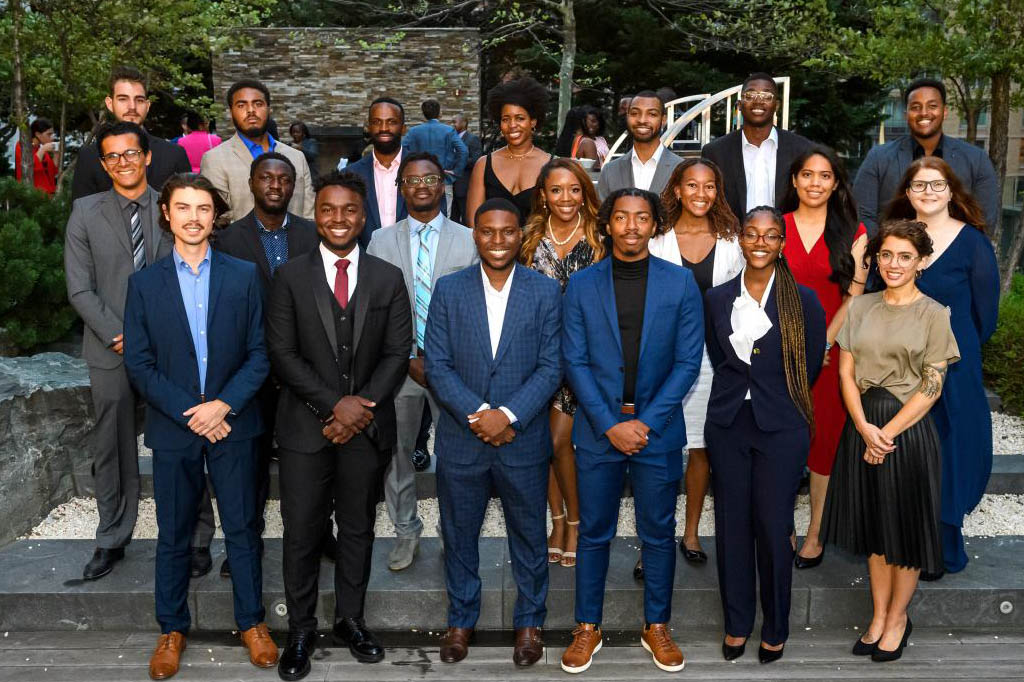Heart of Discovery
Johns Hopkins University has set the standard for cardiac health research and surgery for more than 80 years, from the founding of the Cardiac Surgery Research Laboratory in 1942 to the use of 3D imaging and artificial intelligence to predict potentially life-threatening arrhythmias.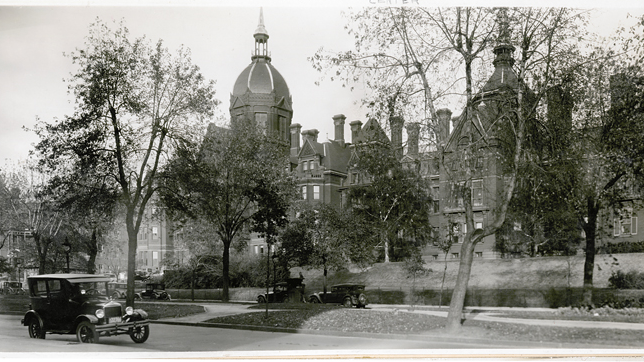
The Johns Hopkins Hospital opens, establishing a new standard for medical education and care.
The Johns Hopkins Cardiac Surgery Research Lab is founded.
Surgeon Alfred Blalock and his surgical assistant Vivien Thomas create the Cardiac Surgery Research Lab. It leads to the development of the Blalock-Taussig-Thomas shunt to correct pulmonary stenosis, which can cause blue baby syndrome.
Learn More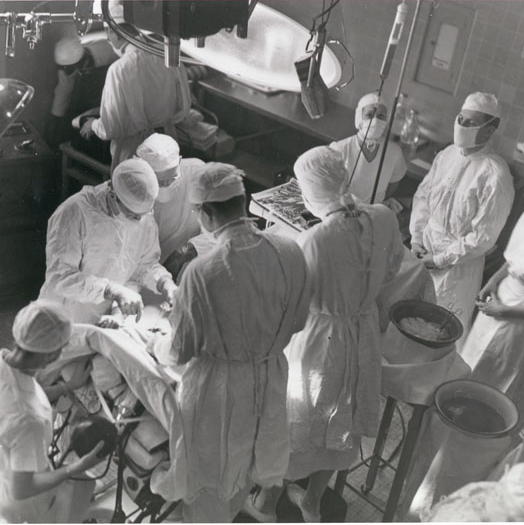
Working with pediatric cardiologist Helen Taussig, Alfred Blalock and Vivien Thomas perform the first blue baby operation.
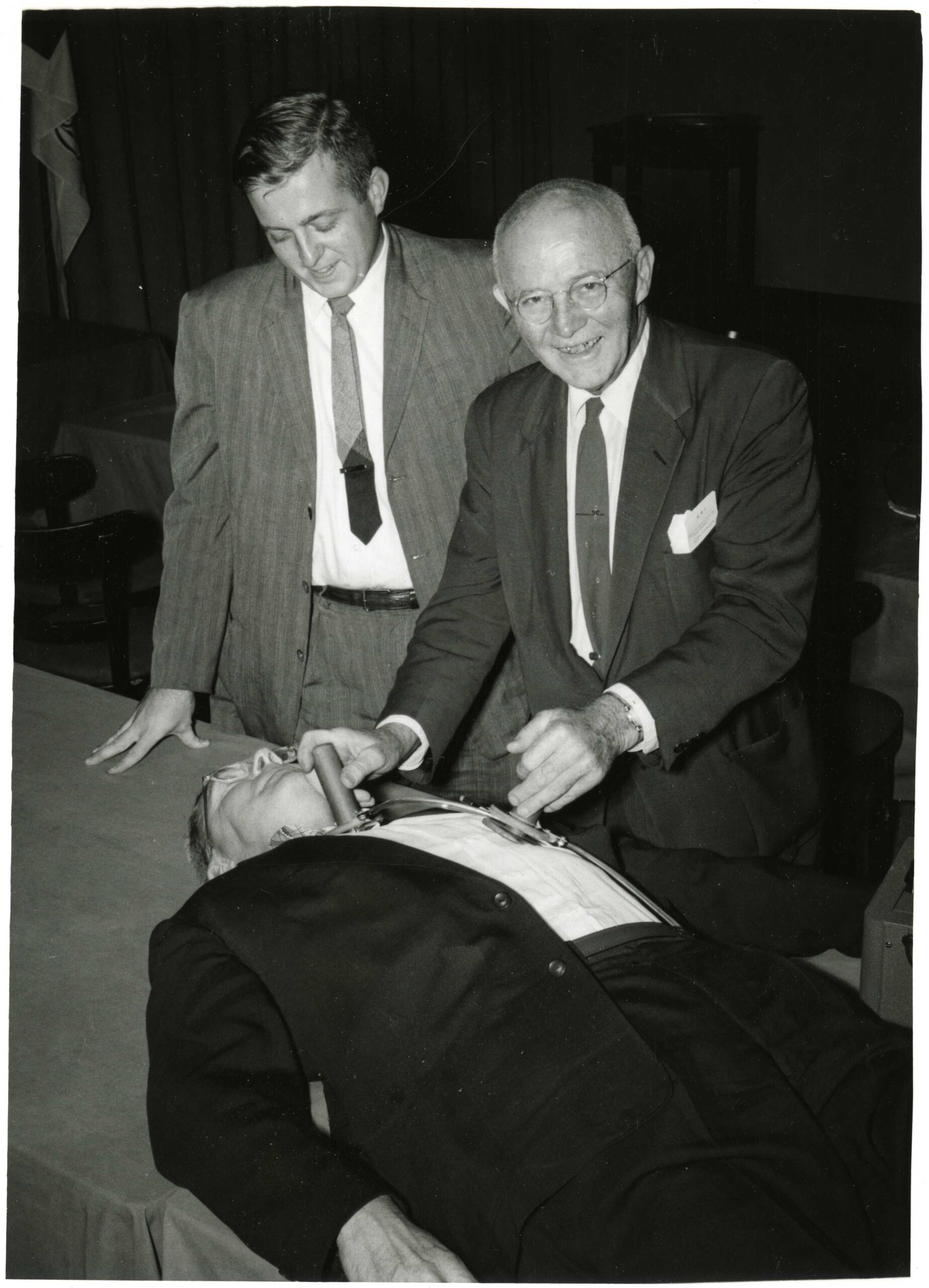
Johns Hopkins researchers develop the first cardiac defibrillator and the procedure for manual CPR.
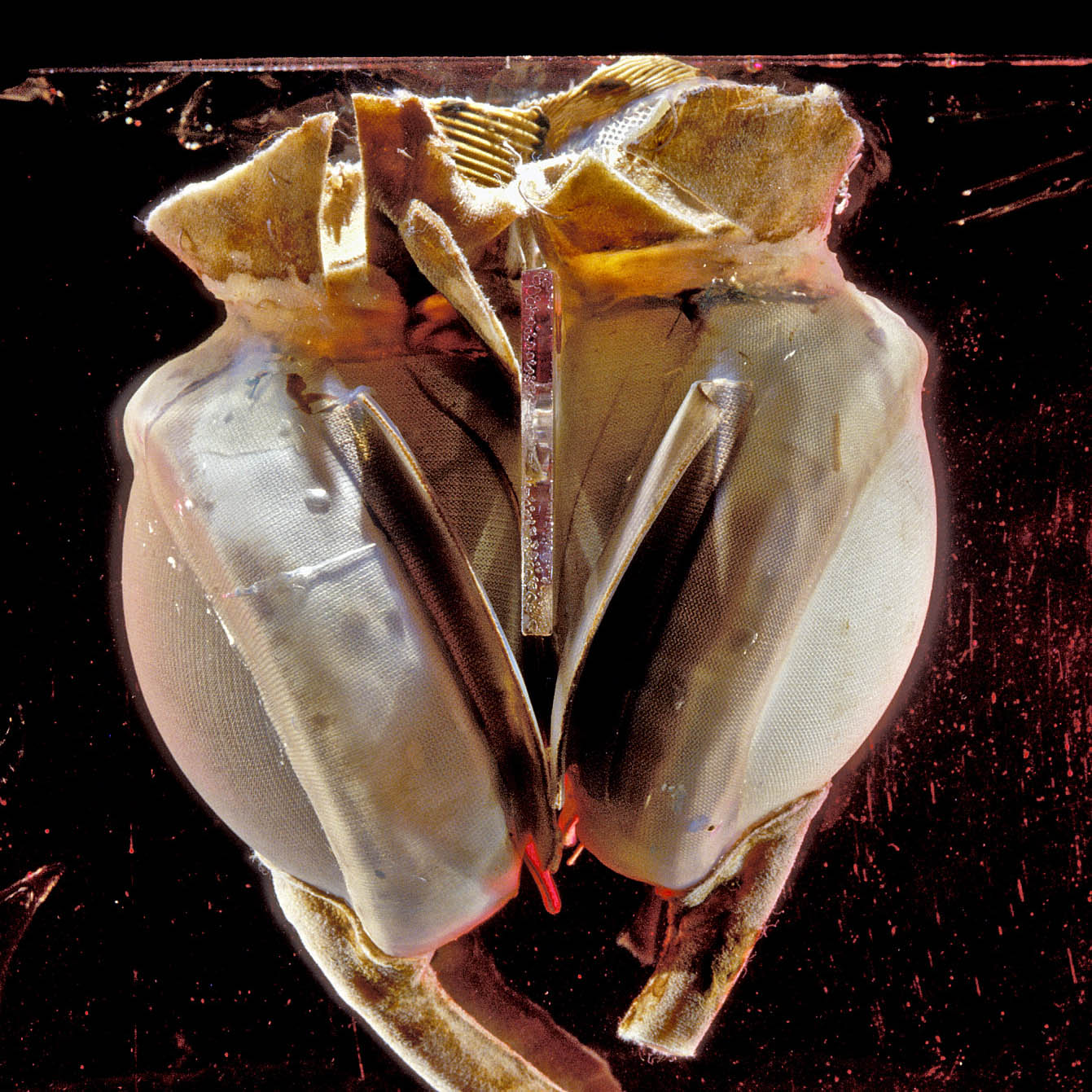
School of Medicine alum Denton Cooley implants the world’s first artificial human heart.
Researchers at Johns Hopkins invent the first implantable device that can be recharged inside the body.
Setting a new standard in pacemaker technology to treat cardiac disorders, Applied Physics Laboratory engineer and inventor Robert Fischell and cardiologist Kenneth Lewis implant the first device—which is recharged by radio waves—into 76-year-old Helen Chambers.
Learn More
Cardiac surgeon Levi Watkins Jr. implants an automatic defibrillator in a human for the first time.
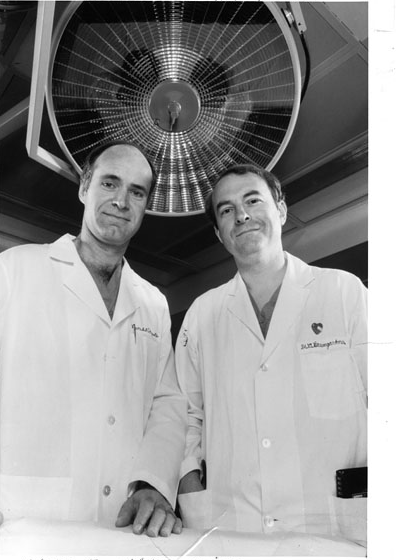
Johns Hopkins heart surgeons successfully complete the first “domino donor” three-way transplant operation in the United States.
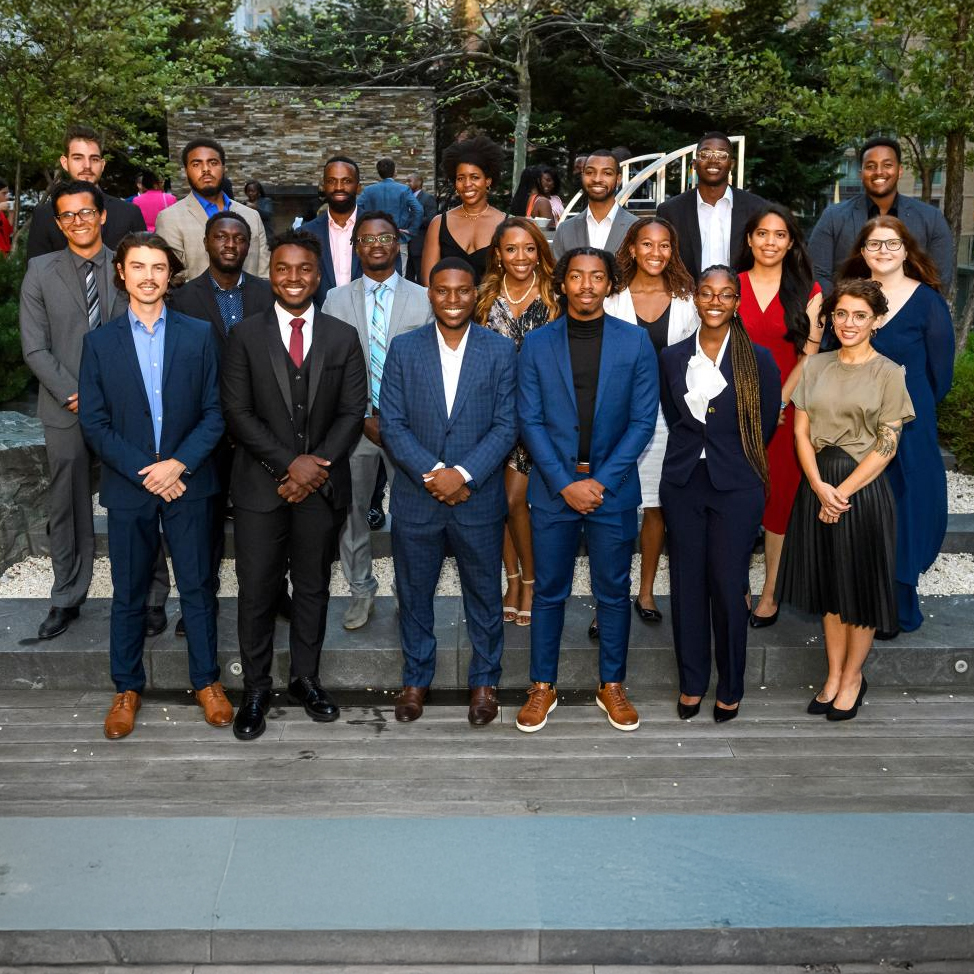
The Vivien Thomas Scholars Initiative creates pathways for PhD students in STEM fields.
Johns Hopkins biomedical engineers create a 3D model of the heart to predict rhythm abnormalities in patients with a genetic heart disease.
Approach could help clinicians determine which patients with hypertrophic cardiomyopathy—thickening and scarring in the heart muscle—might benefit from the implantation of a defibrillator
Learn MoreLooking Forward
Computational and clinical researchers from Johns Hopkins University have developed virtual replicas of patients’ hearts, known as digital twins, to help with the diagnosis, treatment, management, and prediction of such adverse outcomes as sudden cardiac arrest. Each digital twin is based on an individual’s unique genetics and heart structure.
Biomedical engineer Natalia Trayanova and cardiologist Hugh Calkins co-direct the program, known as Alliance for Cardiovascular Diagnostic and Treatment Innovation, or ADVANCE. Trayanova’s lab has pioneered a new AI framework that researchers tested on more than 1,000 virtual replicas of patients’ hearts.
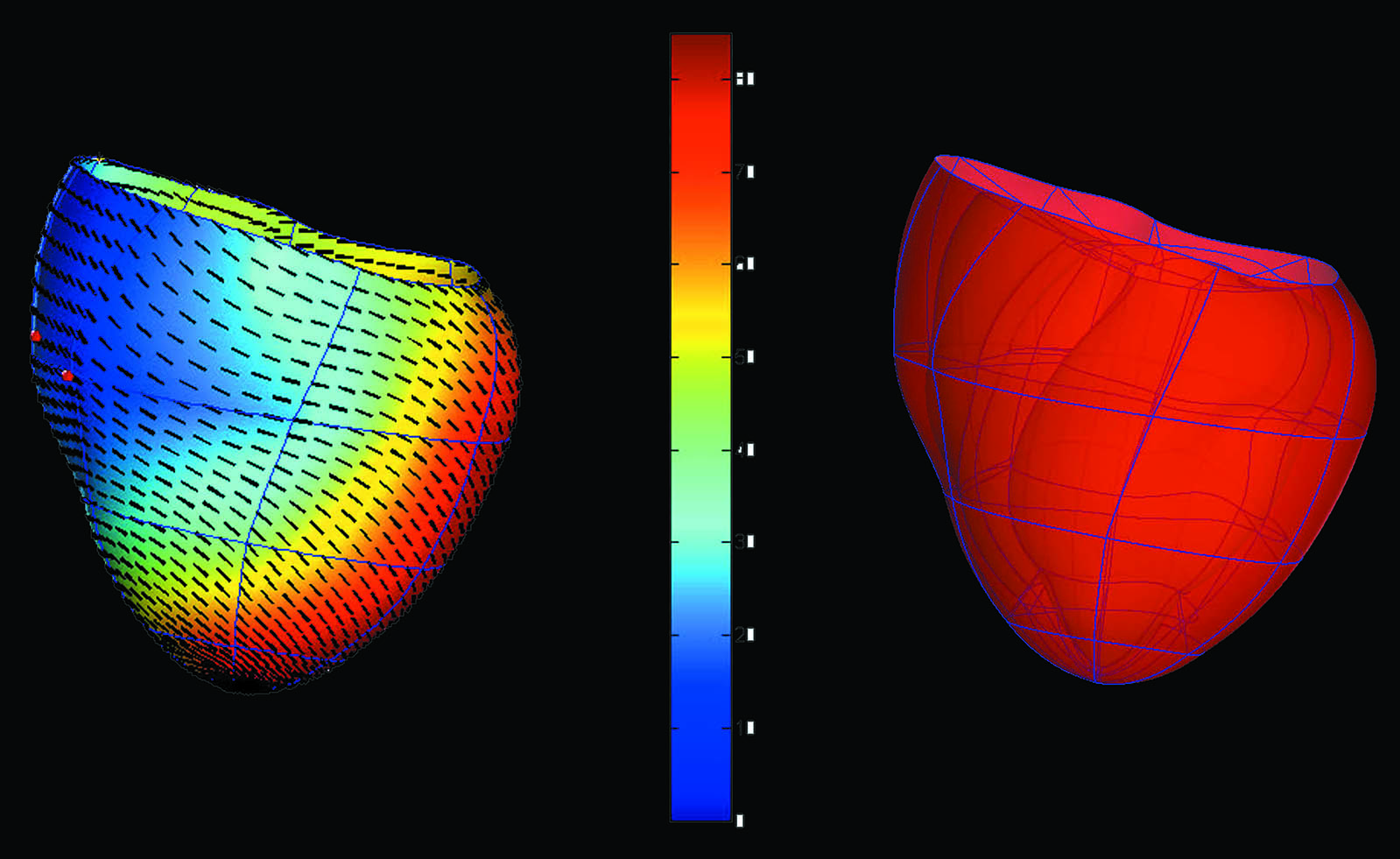
Courtesy of the Whiting School of Engineering.
Calls to Action
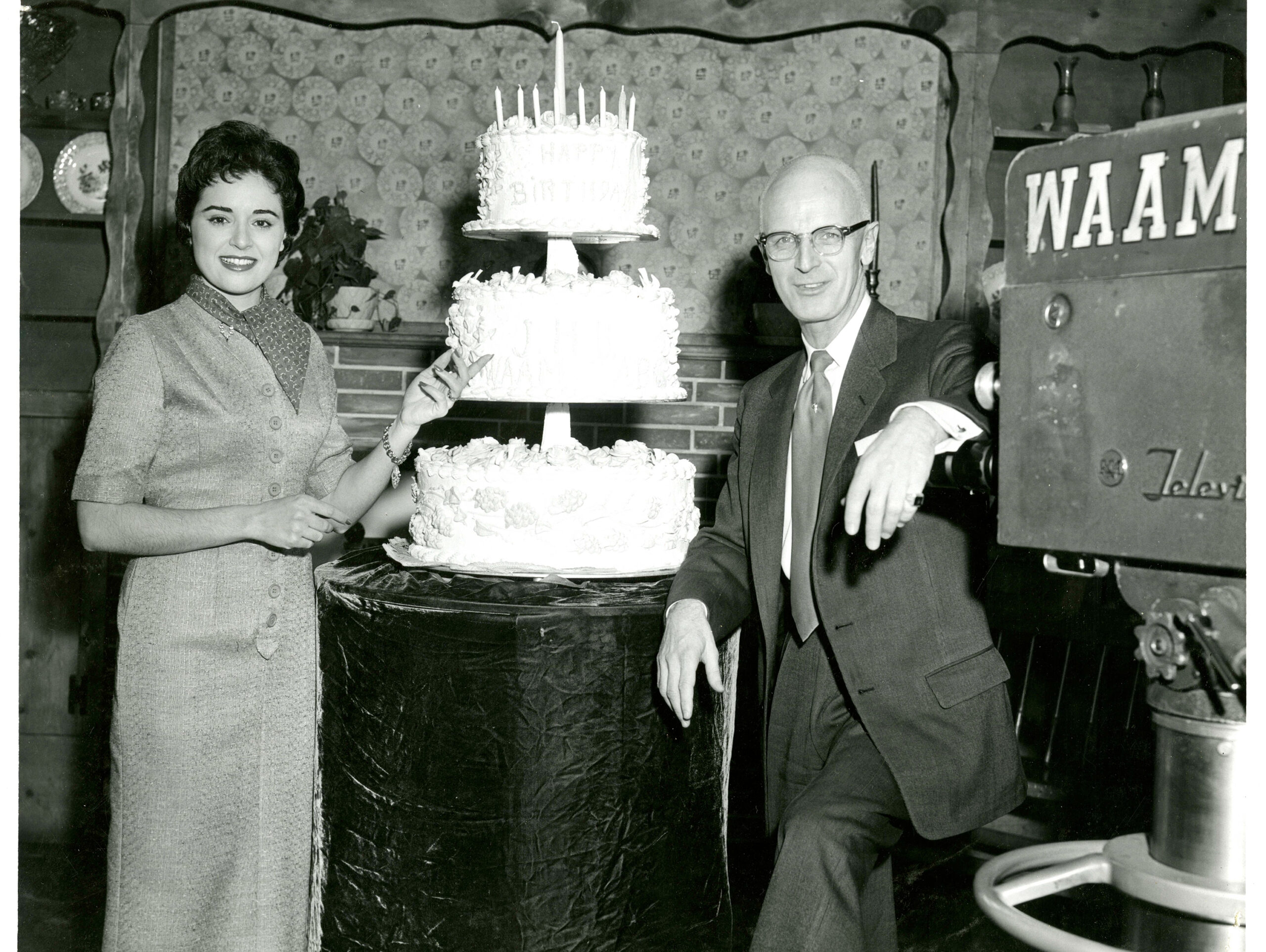
Join the Celebration
For 150 years, we’ve been breaking new ground—now, let’s celebrate it. Join us for gatherings, lectures, and special events that honor our legacy and look ahead. Details on future events are coming soon.
Learn more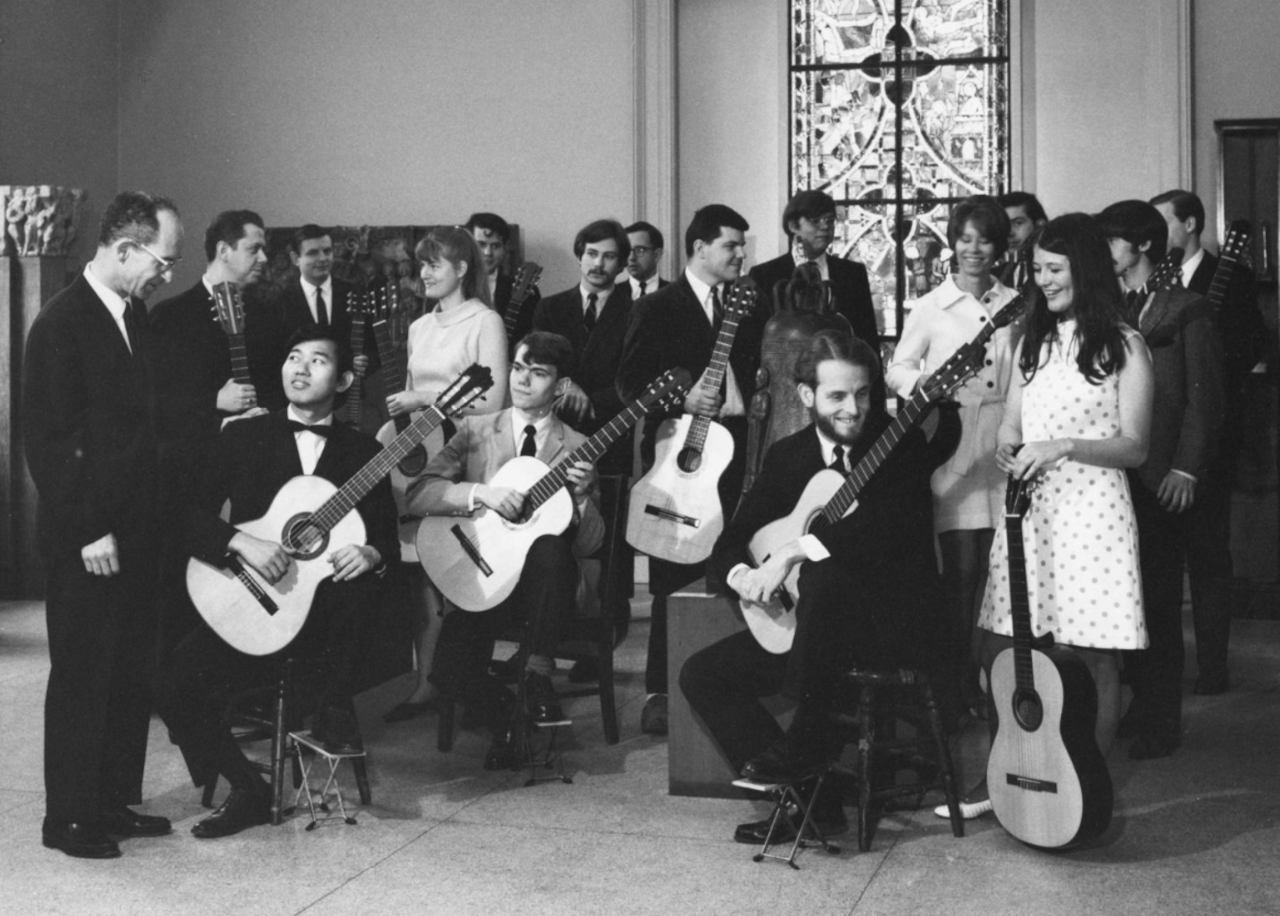
Hopkins Retrospective
Hopkins Retrospective is an initiative designed to expand our understanding of the diverse history of Hopkins and weave that history into the university experience.
Learn more
